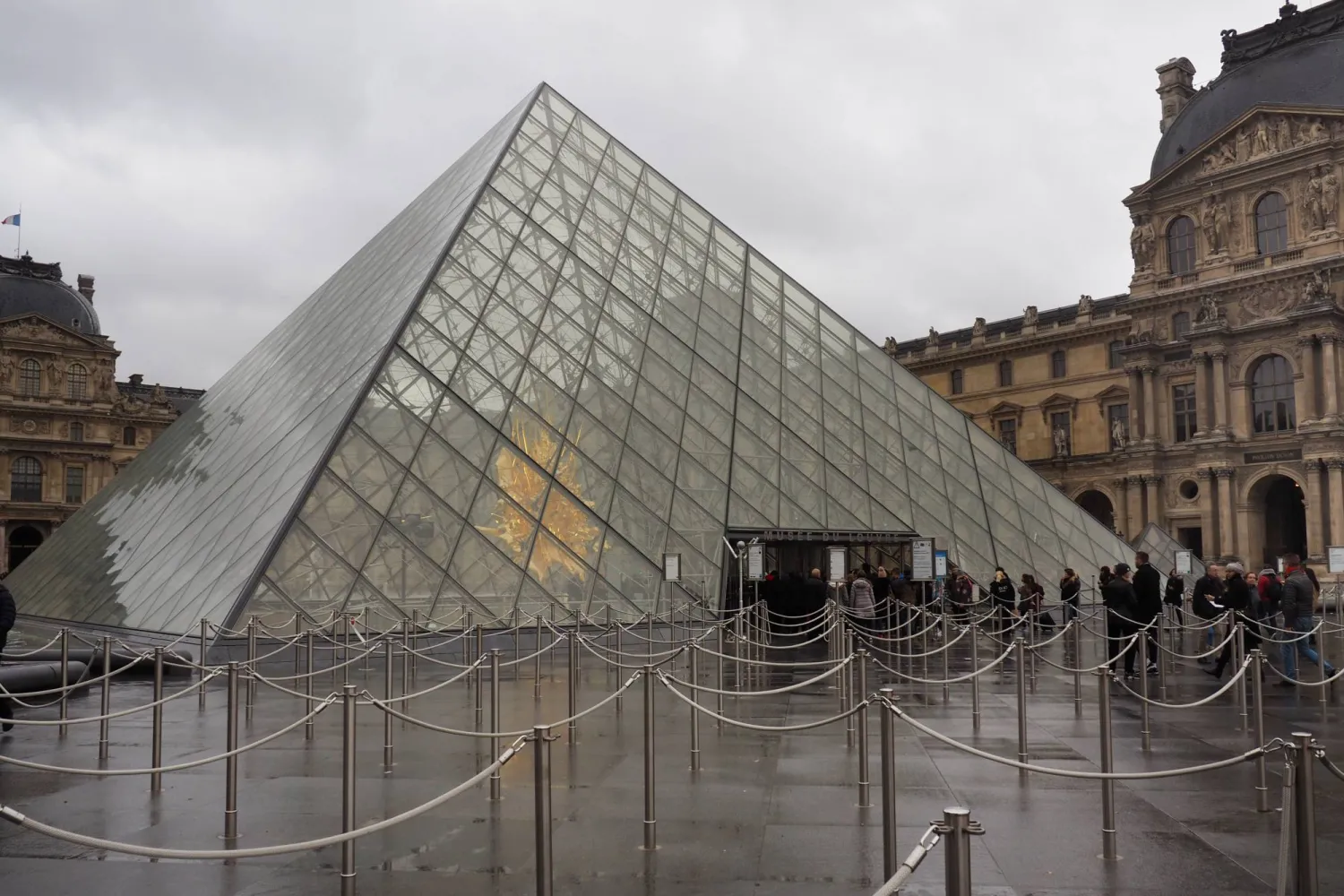Teams from 17 countries began arriving at King Khalid International Airport in Riyadh, preparing for the final stage of the "ALLaM Challenge."
The competition will take place from Thursday, November 7, to Saturday, November 9 at the Crowne Plaza Riyadh, with over 600 male and female competitors representing 200 teams. The event will also feature more than 50 guides and 40 judges, with total prizes valued at SAR 1 million.
The ALLaM Challenge -- organized by the Saudi Data and Artificial Intelligence Authority (SDAIA) in collaboration with the Saudi Federation for Cybersecurity, Programming, and Drones -- is part of SDAIA’s efforts to support the Kingdom's initiatives to serve the Arabic language regionally and globally.
The challenge aims to enhance the language's status and raise global awareness of it, in alignment with the objectives of Saudi Vision 2030, which emphasizes the importance of the Arabic language as a key element of Saudi national identity.
The ALLaM Challenge aims to develop AI models capable of writing and understanding Arabic poetry, accurately parsing sentences, and teaching children the Arabic language in an engaging way.
This initiative continues the Kingdom's efforts to serve the Arabic language, particularly in technical fields, by providing high-quality Arabic data and developing AI models that efficiently handle the language.
The international competition is held in partnership with IBM and the National Technology Development Program (NTDP).
Participants in the challenge aim to showcase their abilities and potential by developing and improving large language models (LLMs). The challenge will provide competitors with opportunities for training and workshops led by AI experts and specialists in Arabic language fields.
It will support the teams and evaluate their projects based on judging criteria that ensure the sustainability of the solutions and their transformation into real AI-driven projects that serve the Arabic language across various sectors and fields.
Teams from 17 Countries in Riyadh for Final Stage of ‘ALLaM Challenge’ to Support Arabic

The challenge will provide competitors with opportunities for training and workshops led by AI experts and specialists in Arabic language fields. SPA

Teams from 17 Countries in Riyadh for Final Stage of ‘ALLaM Challenge’ to Support Arabic

The challenge will provide competitors with opportunities for training and workshops led by AI experts and specialists in Arabic language fields. SPA
لم تشترك بعد
انشئ حساباً خاصاً بك لتحصل على أخبار مخصصة لك ولتتمتع بخاصية حفظ المقالات وتتلقى نشراتنا البريدية المتنوعة







